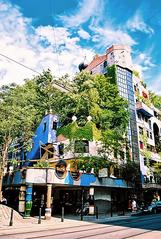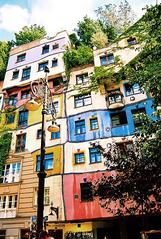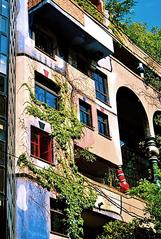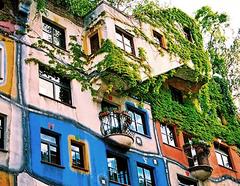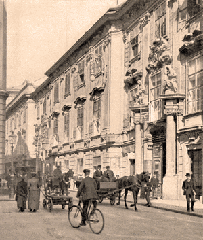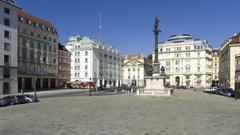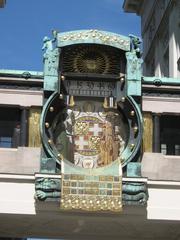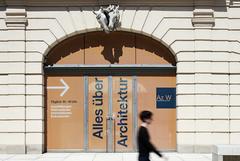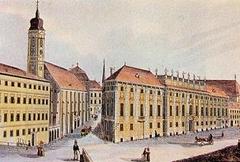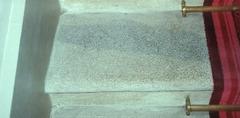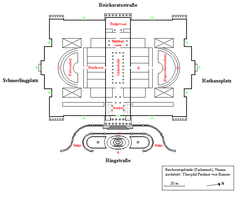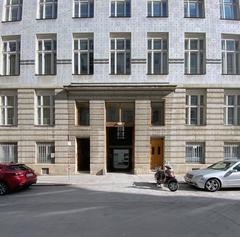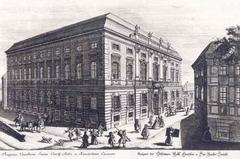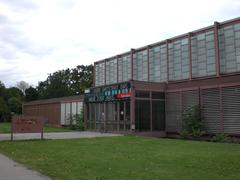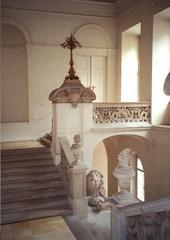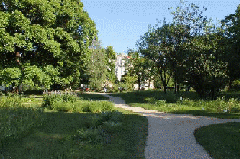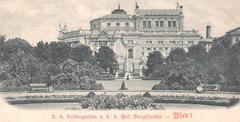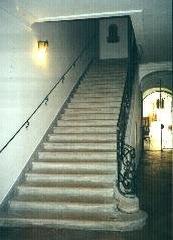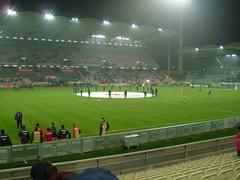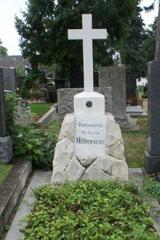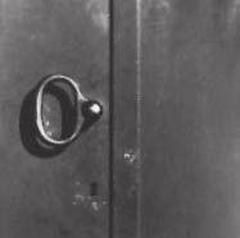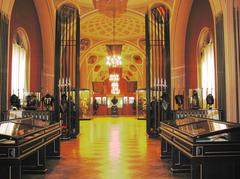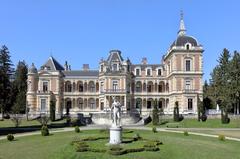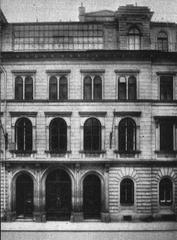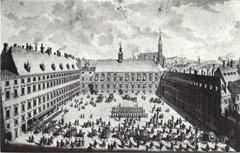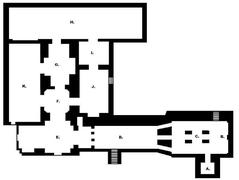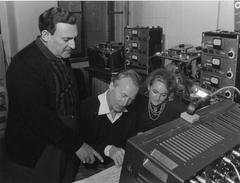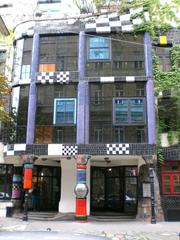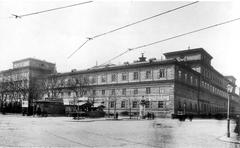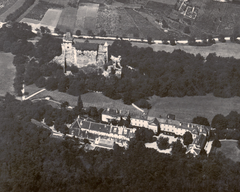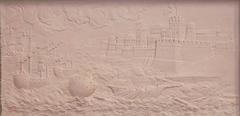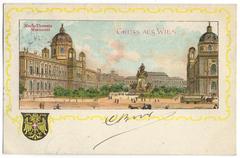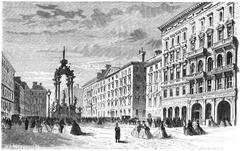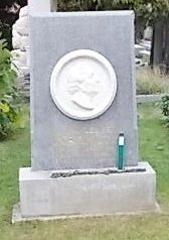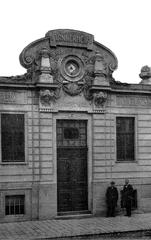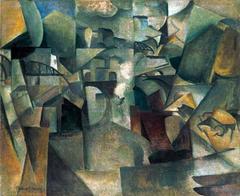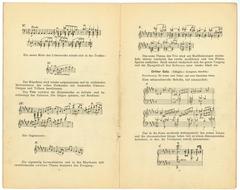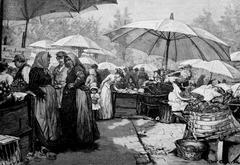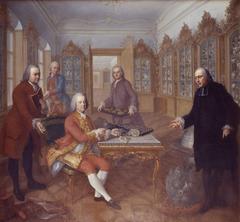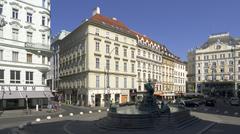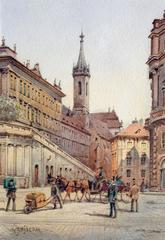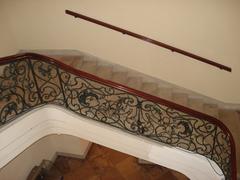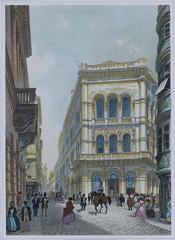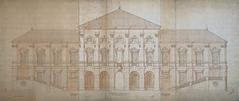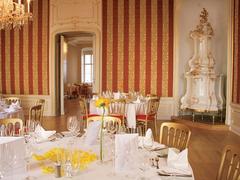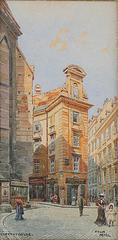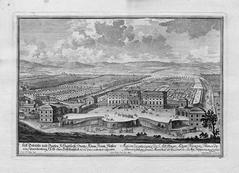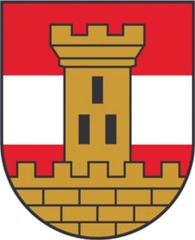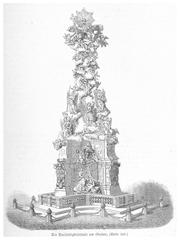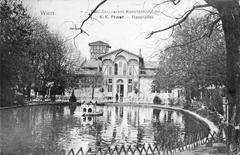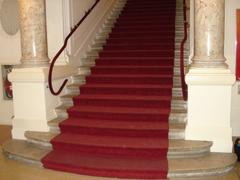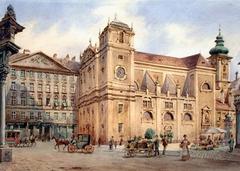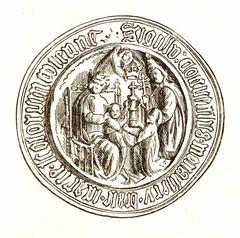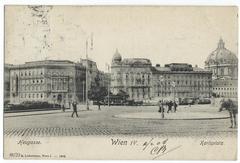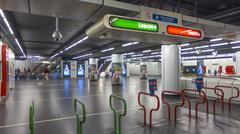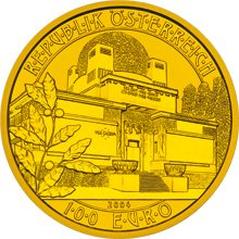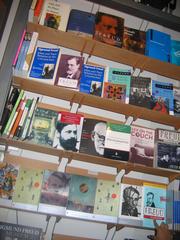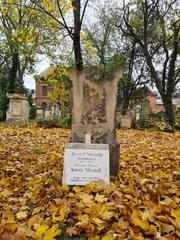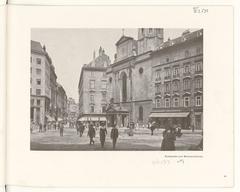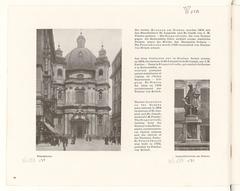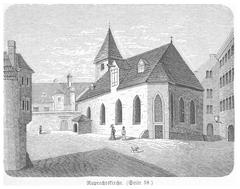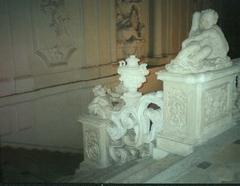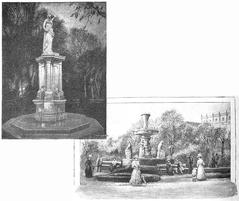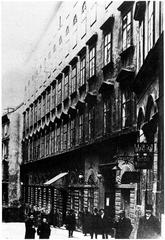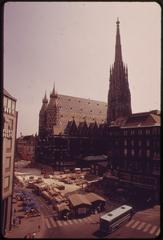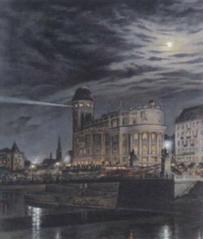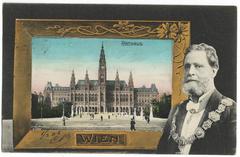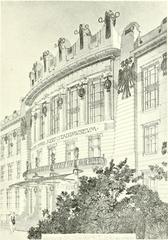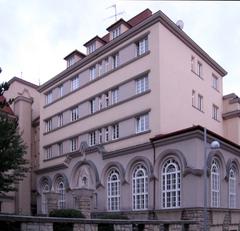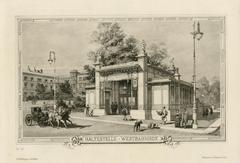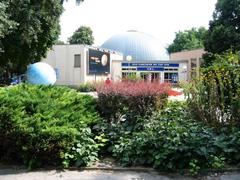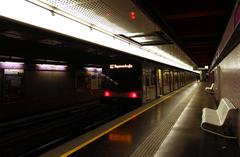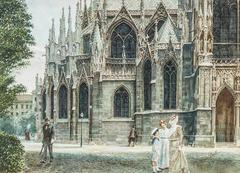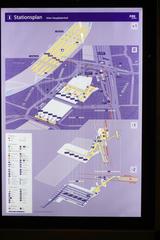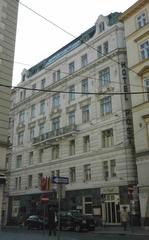
Visiting Hundertwasserhaus: Hours, Tickets, and Travel Tips
Date: 17/07/2024
Introduction
The Hundertwasserhaus in Vienna, Austria, stands as a beacon of creative architecture and environmental harmony. Conceived by the Austrian artist and architect Friedensreich Hundertwasser in the early 1980s, this residential building was commissioned by the City of Vienna to create a public housing project that broke away from the rigid norms of conventional architecture. Hundertwasser, known for his aversion to straight lines and conventional designs, envisioned a structure that would integrate seamlessly with nature, featuring undulating floors, irregular windows, and a rooftop garden adorned with trees and shrubs (Vienna Info) (Vienna Unwrapped) (Hundertwasser) (Wiener Linien) (Vienna Sightseeing).
Table of Contents
- Origins and Conceptualization
- Architectural Philosophy
- Construction and Design
- Public Reception and Impact
- Cultural Significance
- Preservation and Legacy
- Influence on Modern Architecture
- Visitor Information
- Nearby Attractions
- FAQ
Origins and Conceptualization
The Hundertwasserhaus, located in Vienna, Austria, is a unique residential building that stands as a testament to the creative genius of Friedensreich Hundertwasser, an Austrian artist and architect. The idea for the building was conceived in the early 1980s when Hundertwasser was approached by the City of Vienna to design a public housing project. Hundertwasser, known for his disdain for straight lines and conventional architecture, envisioned a building that would harmonize with nature and reflect his artistic philosophy.
Architectural Philosophy
Hundertwasser’s architectural philosophy was deeply rooted in his belief that human beings should live in harmony with nature. He was a vocal critic of the “soulless” architecture of the 20th century, which he believed alienated people from their natural environment. His design for the Hundertwasserhaus incorporated undulating floors, irregularly shaped windows, and a roof covered with earth and grass. Trees and shrubs grow from the balconies and roof terraces, creating a living, breathing structure that blends seamlessly with its surroundings.
Construction and Design
Construction of the Hundertwasserhaus began in 1983 and was completed in 1985. The building was designed in collaboration with architect Joseph Krawina, who helped translate Hundertwasser’s visionary ideas into a functional architectural plan. The building consists of 52 apartments, each uniquely designed with no two windows or doors being the same. The exterior of the building is adorned with bright colors and irregular patterns, making it a striking landmark in Vienna’s architectural landscape.
Public Reception and Impact
Upon its completion, the Hundertwasserhaus received mixed reactions from the public and architectural community. Some praised it as a revolutionary work of art that challenged conventional architectural norms, while others criticized it as impractical and whimsical. Despite the initial controversy, the building quickly became a popular tourist attraction and a symbol of Vienna’s commitment to innovative and sustainable architecture.
Cultural Significance
The Hundertwasserhaus holds significant cultural value as it embodies the principles of organic architecture and environmental sustainability. Hundertwasser’s design philosophy emphasized the importance of individuality and creativity in architecture, challenging the uniformity and monotony of modern urban development. The building’s integration of natural elements and its vibrant, eclectic design have inspired architects and artists worldwide to explore new possibilities in sustainable and human-centered design.
Preservation and Legacy
Today, the Hundertwasserhaus is a protected landmark, ensuring that its unique architectural features and artistic elements are preserved for future generations. The building continues to attract thousands of visitors each year, who come to admire its unconventional design and learn about Hundertwasser’s visionary approach to architecture. The success of the Hundertwasserhaus has also led to the creation of other Hundertwasser-designed buildings, such as the KunstHausWien and the Hundertwasser Village, further cementing his legacy as a pioneer of ecological and artistic architecture.
Influence on Modern Architecture
The influence of the Hundertwasserhaus extends beyond its immediate surroundings, impacting the broader field of architecture and urban planning. Hundertwasser’s emphasis on environmental sustainability and his rejection of rigid, standardized designs have resonated with contemporary architects who seek to create more livable and eco-friendly urban spaces. The building serves as a case study in the successful integration of art and architecture, demonstrating that functional structures can also be visually stimulating and environmentally conscious.
Visitor Information
Visiting Hours
Hundertwasserhaus is accessible 24/7 from the exterior. The Hundertwasser Village and KunstHausWien have specific opening hours, which can be found on their respective websites.
Tickets
While viewing the exterior of Hundertwasserhaus is free, tickets are required for entry to KunstHausWien. Prices are available on the official website.
Travel Tips
The site is easily accessible by public transportation. Take tram lines 1 or O to Radetzkyplatz or use the U-Bahn to Landstraße.
Nearby Attractions
- KunstHausWien - A museum dedicated to Hundertwasser’s work, offering further insight into his artistic and architectural contributions.
- Prater - A large public park with an amusement park, located a short distance from Hundertwasserhaus.
- Vienna’s Old Town - Explore the historic center of Vienna, filled with landmarks such as St. Stephen’s Cathedral and the Hofburg Palace.
FAQ
- What are the visiting hours for Hundertwasserhaus? The exterior of Hundertwasserhaus is accessible 24/7.
- How much are tickets for Hundertwasserhaus? Viewing the exterior is free, but ticket prices for KunstHausWien can be found on the official website.
Conclusion
The Hundertwasserhaus stands as a testament to the power of creativity and the importance of integrating nature into urban environments. Its history, from conceptualization to construction, reflects the visionary ideas of Friedensreich Hundertwasser and his commitment to creating a more harmonious and sustainable world. As a cultural landmark and a source of inspiration, the Hundertwasserhaus continues to captivate and inspire visitors from around the globe.
For more information on the Hundertwasserhaus, you can visit the official website or explore additional resources on Wikipedia.
Stay updated with our latest guides and tips by downloading our mobile app Audiala, checking out related posts, or following us on social media.
References
- Discover Hundertwasserhaus - Visiting Hours, Tickets, and Architectural Marvels in Vienna, 2023, Vienna Info source
- Complete Guide to Visiting Hundertwasserhaus - History, Tickets, and Tips, 2023, Vienna Unwrapped source
- Ultimate Guide to Visiting Hundertwasserhaus, Vienna - Tips, Hours, and Nearby Attractions, 2023, Hundertwasser source
- Ultimate Guide to Visiting Hundertwasserhaus, Vienna - Tips, Hours, and Nearby Attractions, 2023, Wiener Linien source
- Ultimate Guide to Visiting Hundertwasserhaus, Vienna - Tips, Hours, and Nearby Attractions, 2023, Vienna Sightseeing source

